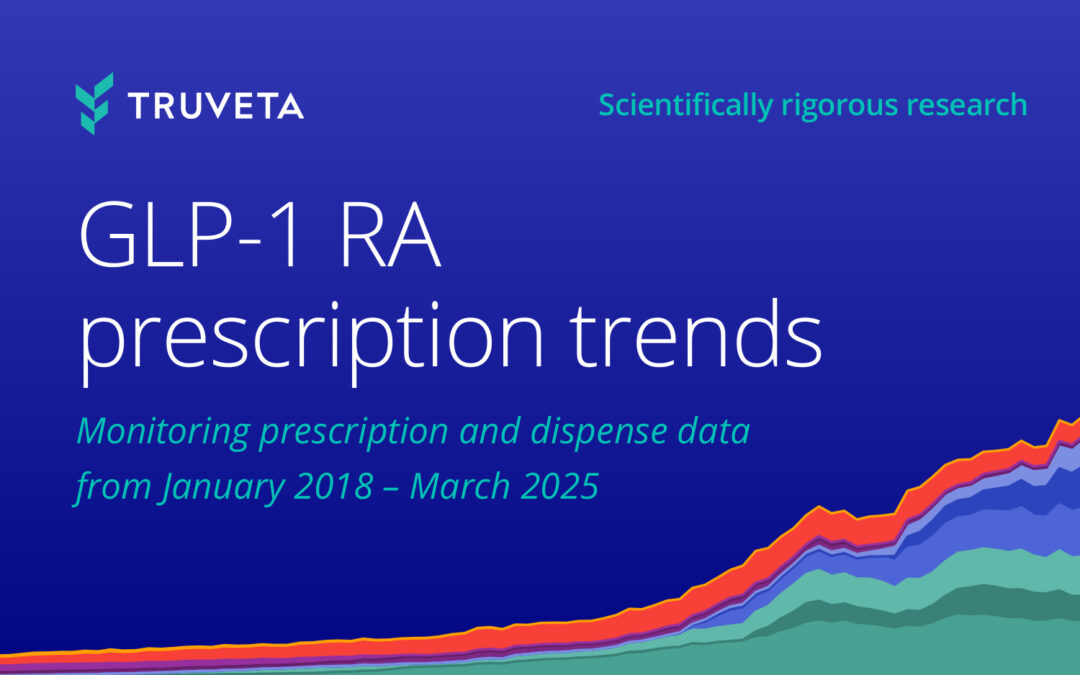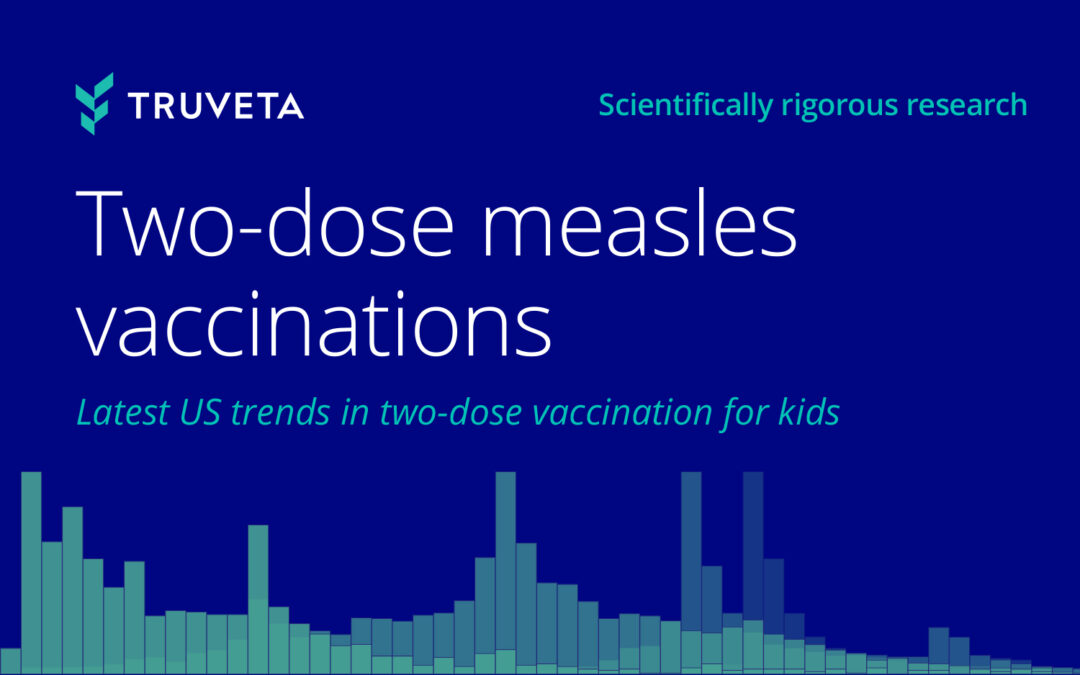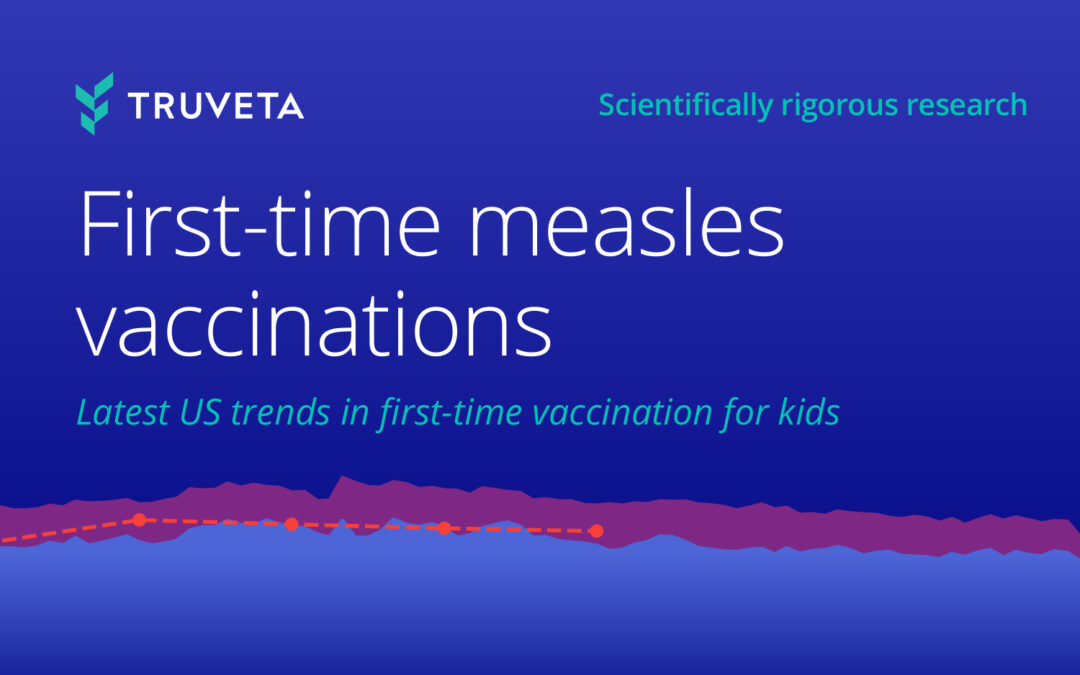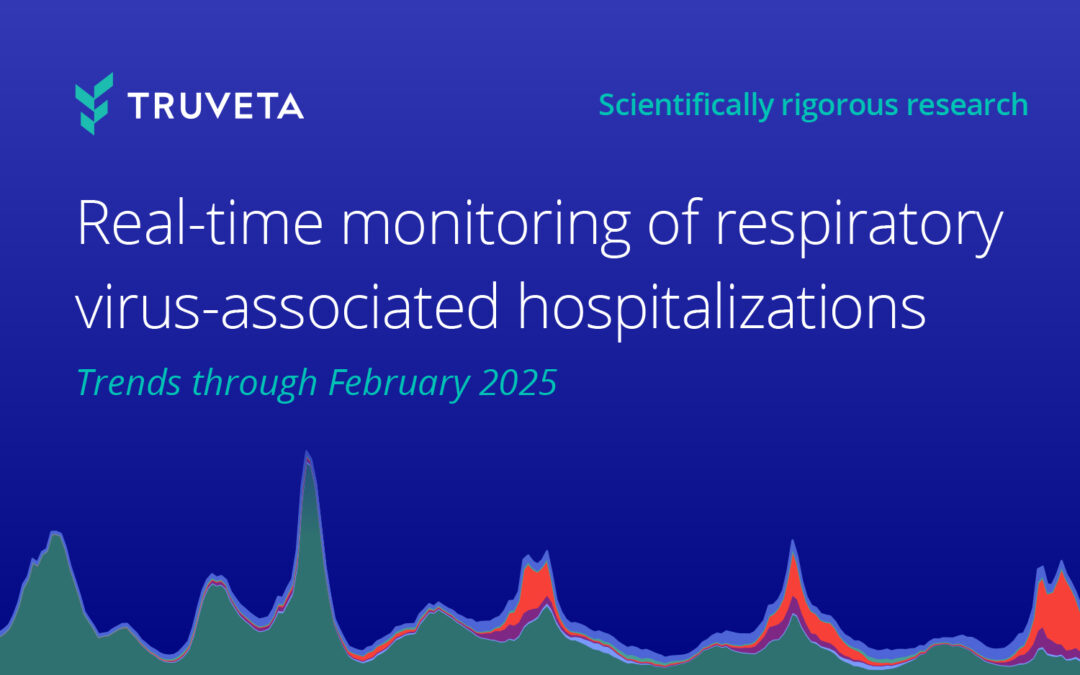Early in the pandemic, very little was known about the best treatment pathways for COVID-19, and there were no approved drug therapies available. Doctors were quoted saying, “To be honest, we didn’t know [how to treat patients]” [1]. The first approved COVID treatment, remdesivir, became available with emergency use authorization (EUA) in May 2020 [2]. As the pandemic progressed, additional drugs received authorization for COVID treatment, and massive amounts of groundbreaking research were conducted. Doctors and researchers have learned optimal treatment pathways overall and for specific patient groups. Concurrently, we have seen the emergence of different variants, which impact individuals with ranging disease severity.
We’ve previously shared insights on the hospitalization rates across Delta and Omicron waves by vaccination status, and we recently shared a descriptive analysis of who is being hospitalized across the different waves. We wanted to build on these analyses to understand where disparities are occurring and inform decision makers to improve patient outcomes. We were curious to learn how long people with COVID were hospitalized, and if the length of stay in the hospital decreased over time during the pandemic. We were also curious if we saw differences in length of stay for different demographic groups.
What did we find? Overall, we found a decrease of 2 days in the average length of stay across the pandemic. We also found that males were hospitalized longer than females and older individuals were hospitalized longer than younger patients across all pandemic periods. There were also differences in racial and ethnic groups across the wild and December 2020 pandemic periods, which decreased during Delta and Omicron.
Methods
A subset of the de-identified medical records from the Truveta Data were used in this study from June 22, 2022. Truveta’s de-identification is attested to by a qualified external expert in accordance with the HIPAA Privacy Rule.
We identified people who were hospitalized with a positive COVID lab test or diagnostic test. We also included people who were hospitalized within 30 days of their initial COVID diagnosis if there was still a positive COVID lab test or diagnostic code related to the inpatient encounter.
We looked at the demographics (age, sex, race, and ethnicity) of people who had been hospitalized across four different time periods in the pandemic:
- Wild: March 1, 2020 – May 31, 2020 (Sample size: ~7,100)
- December 2020: December 1, 2020 – February 28, 2021 (Sample size: ~16,900)
- Delta: June 1, 2021 – August 31, 2021 (Sample size: ~12,300)
- Omicron: December 1, 2021 – February 28, 2022 (Sample size: ~30,000)
We aligned the time periods to times in the pandemic when COVID rates were high; however, these periods do not indicate that the people in each population had the specific variant. Those data are not included in this analysis.
We then calculated the length of inpatient stay for each patient and created histograms of those lengths. Each bar of the histogram represents the percentage of the population for each wave that left the hospital on that day.
Results
Overall
For the population hospitalized with COVID, as the pandemic progressed, we see an average decrease in length of stay by 2 days. We see a decrease in how different the length of stay was across all people using a measure called the standard deviation; fewer people had a longer or shorter length of stay compared with the averages.

Sex
Across all pandemic waves, we see that females had a shorter average length of stay than males. Both sex groups decreased their average length of stay by approximately 2 days from the first pandemic period (Wild) to the last (Omicron).

Age
Data for individuals under 18 during the wild pandemic period were not included here due to a low number of individuals hospitalized with COVID. For all age groups, from the first included pandemic period to the last, the average length of stay decreased. However, for the population under 18, we see an increase in length of stay between the December 2020 period and Delta period. There is also a high standard deviation indicating this difference may be driven by a low number of individuals with extremely long lengths of stay.
The age groups under 30 have a shorter length of stay across all waves, and we see smaller decreases across the pandemic compared to the older groups. Those in the 30-65 and 65 and older age groups had an average length of stay of 8.6 and 9.0 days, respectively, during the wild period of the pandemic. This decreased to 6.5 and 7.4 days, respectively, during Omicron.

Race
Although all race groups decreased the average length of stay across pandemic timeframes, we see the largest decrease in the Asian population who decreased from an average of 10.6 days during Wild to 5.2 days during Omicron. Black or African American individuals (henceforth referred to as Black) had a longer length of stay than white individuals during Wild and December 2020, however these differences did not persist into Delta and Omicron. Individuals of other races (which included Native American, Alaska Native, Native Hawaiian, or other Pacific Islander) during Wild were not shown due to a small sample size and had a length of stay over a day higher than all other race groups during Delta.

Ethnicity
We see increased lengths of stay for Hispanic or Latino individuals early in the pandemic (Wild and December 2020) compared with non-Hispanic or non-Latino individuals. This trend subsided during Delta and Omicron when we saw non-Hispanic or non-Latino individuals had higher mean length of stay compared to Hispanic or Latino individuals.

Discussion
We found differences in length of stay across demographic groups. Some of these insights aligned with our initial hypotheses; 1) younger individuals have decreased lengths of stay, and 2) Black and Hispanic or Latino individuals had increased rates early in the pandemic. We saw these differences in length of stay between race and ethnicity groups decrease as the pandemic progressed. This has prompted many additional questions for us: What was the difference in disease severity overall and at the time of admission between these groups? Did the severity of COVID symptoms at the time of admission for different race and ethnicity groups change across the pandemic (as the pandemic progressed did people present with less severe symptoms allowing them to be treated earlier)?
We also found females had a decreased length of stay compared to males. This is intriguing with our previous report that females are diagnosed with long COVID at a higher rate than males. This is also consistent with previous literature on non-COVID related conditions, which found females had a higher rate of hospital stays, but a lower average length of stay than males [3].
As with all studies, this study is not without limitations. These methods are a look at the raw length of stay data; we did not adjust for age, sex, race, disease severity, vaccination status, or comorbidities of people who were hospitalized. These are all important characteristics to adjust for.
This report provides a look into differences in outcomes related to those hospitalized with COVID across sex, age, race, and ethnicity groups. We look forward to digging into these data further to answer questions which these analyses prompted.
The analysis in this report laid the groundwork for our published peer-reviewed paper in Frontiers in Public Health: Racial inequality in COVID treatment and in-hospital length of stay in the US over time.
Citations
[2] FDA Approves First Treatment for COVID-19 | FDA
[3] Freeman, William J., Audrey J. Weiss, and Kevin C. Heslin. “Overview of US hospital stays in 2016: variation by geographic region: statistical brief# 246.” (2019).
These are preliminary research findings and not peer reviewed. Data are constantly changing and updating. These findings are consistent with data from June 22, 2022.
About Truveta
Truveta is a collective of U.S. health systems with a shared vision of saving lives with data. Truveta offers innovative solutions to enable researchers find cures faster, empower every clinician to be an expert, and help families make the most informed decisions about their care. Truveta’s data is licensed for healthcare research, not targeted advertising. To learn more, please follow us on LinkedIn and sign up for our newsletter.







